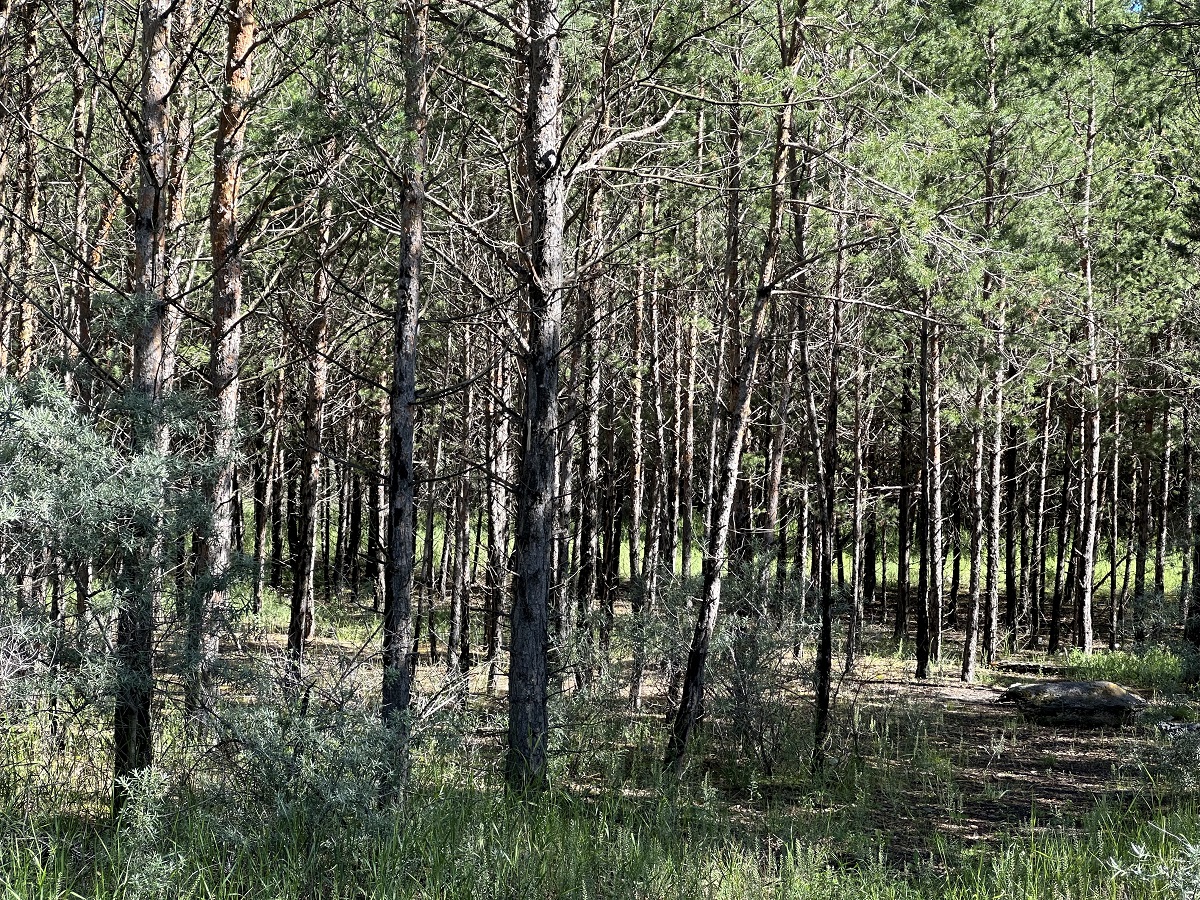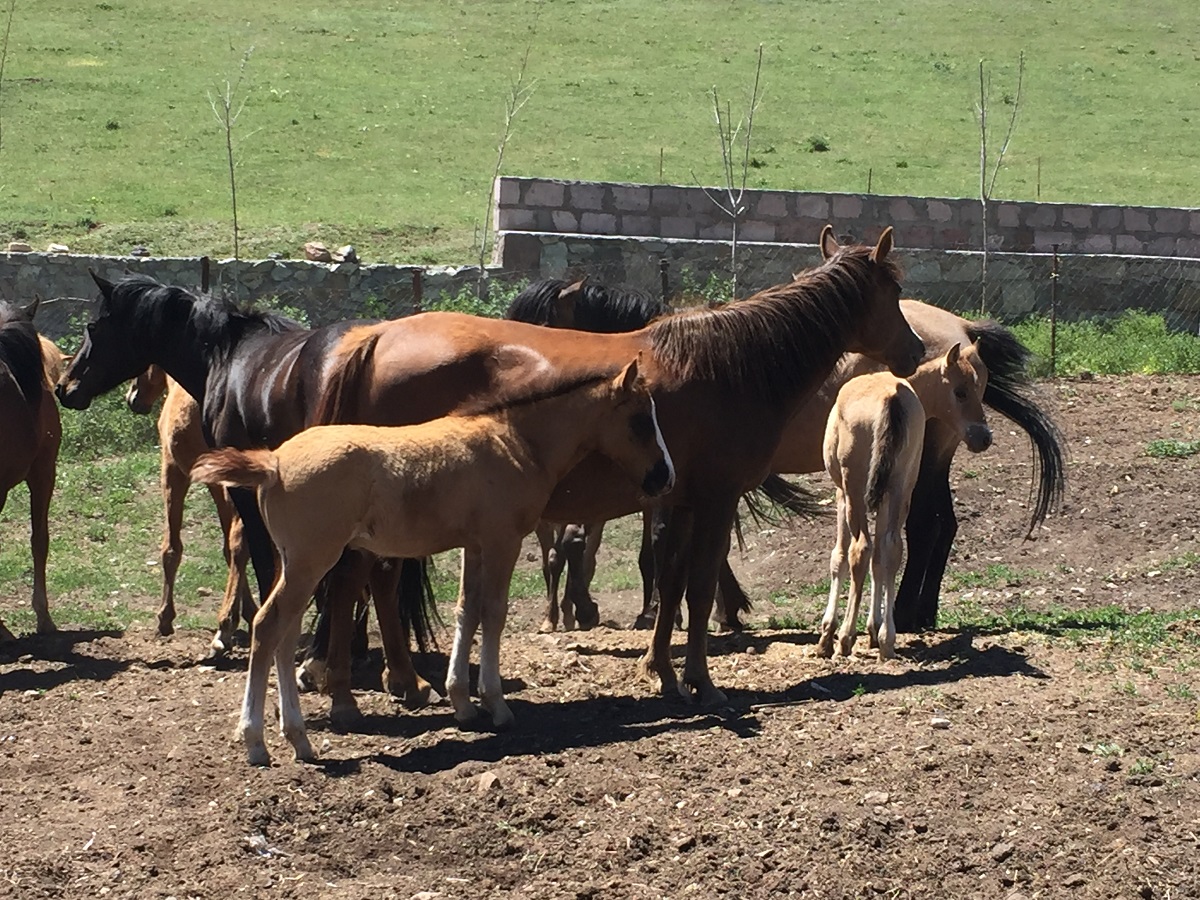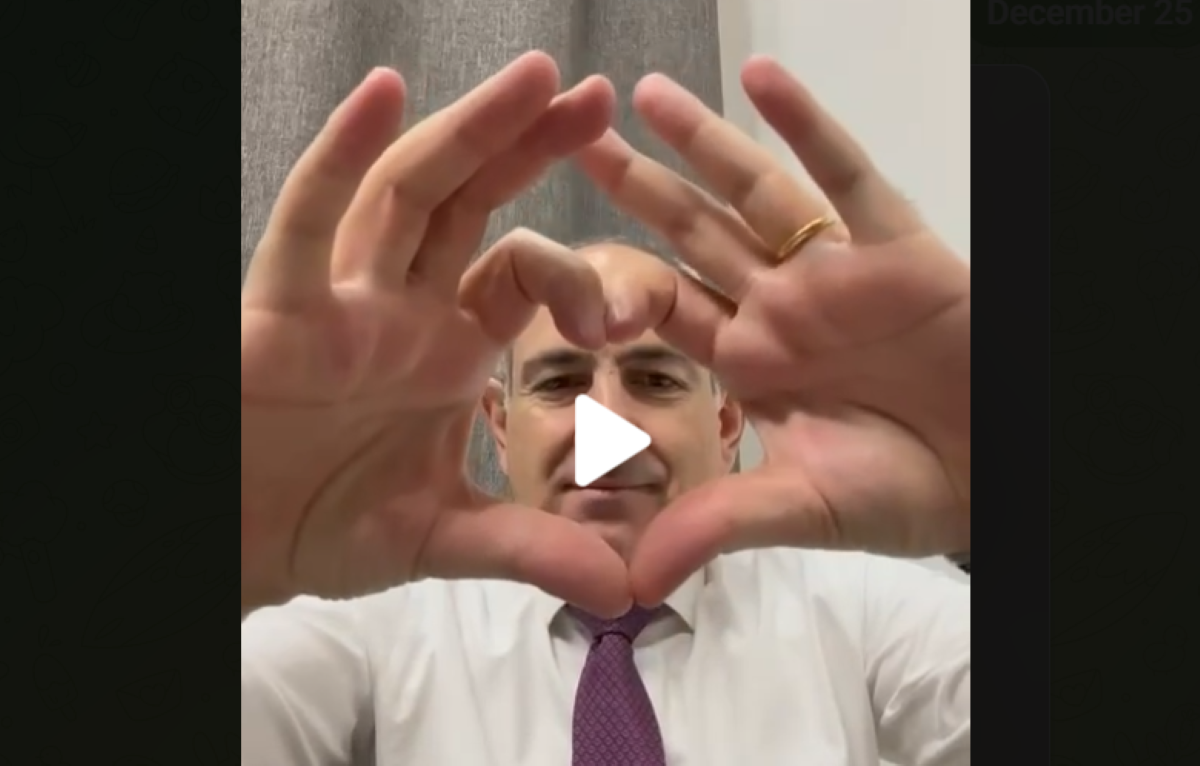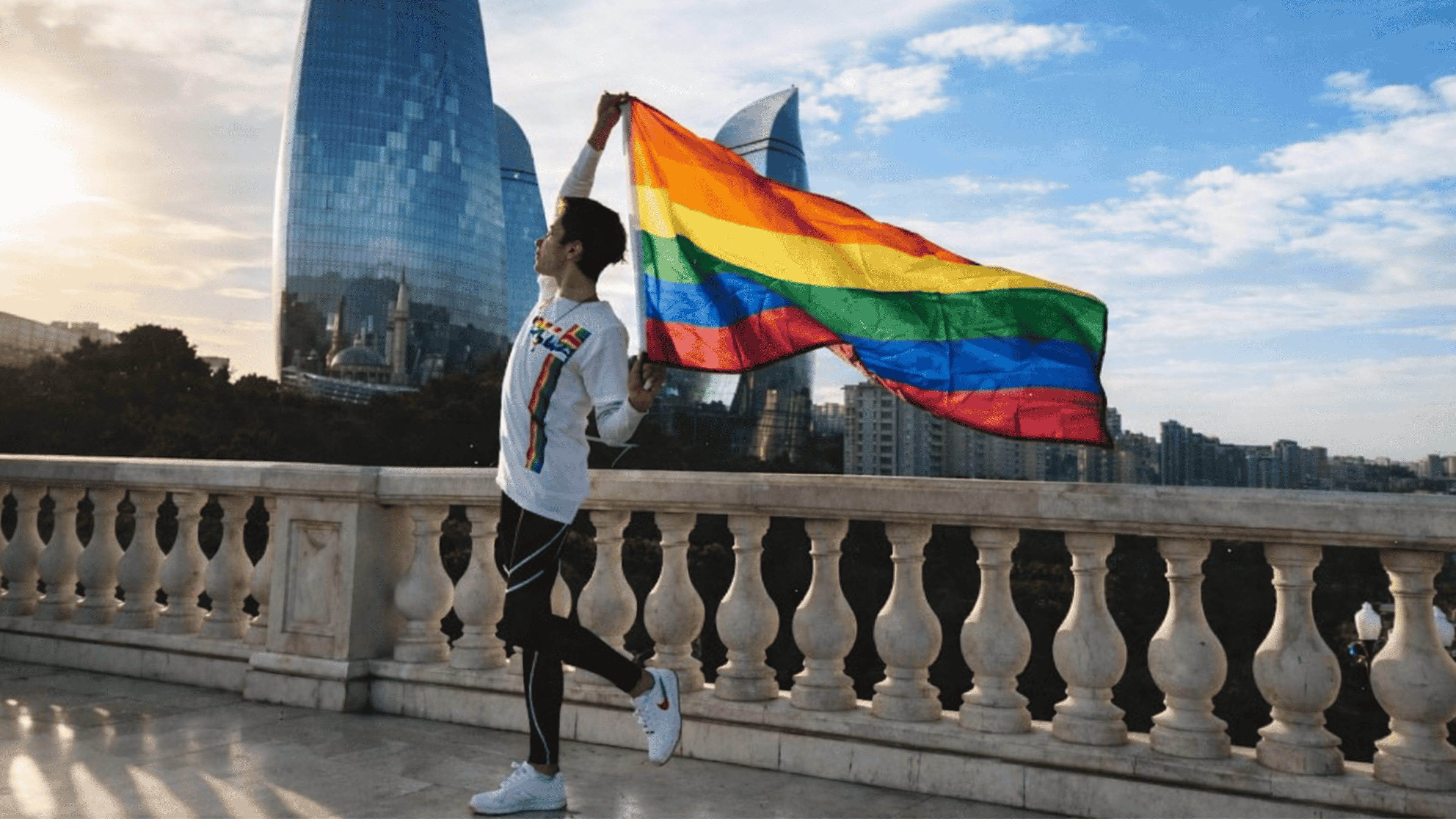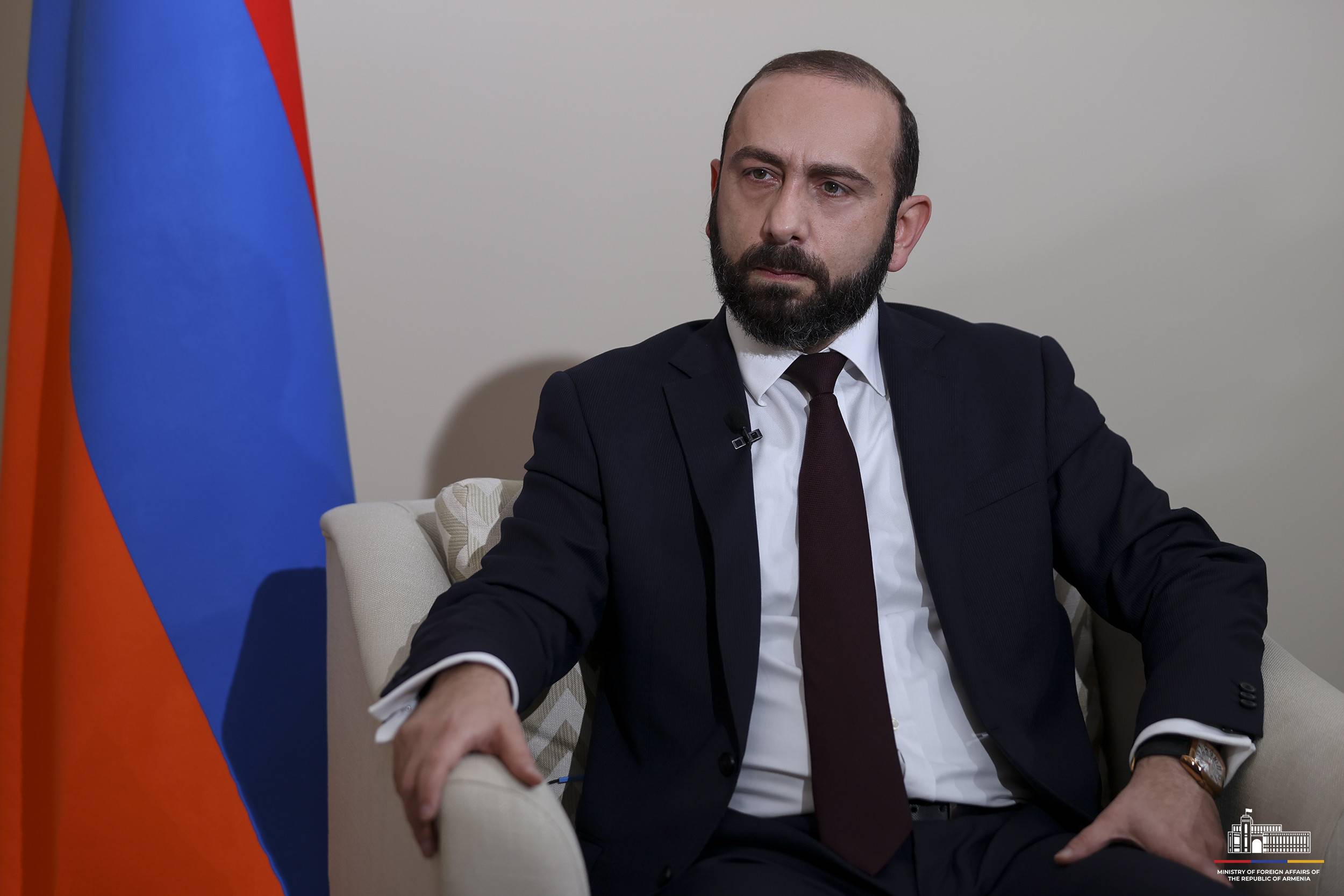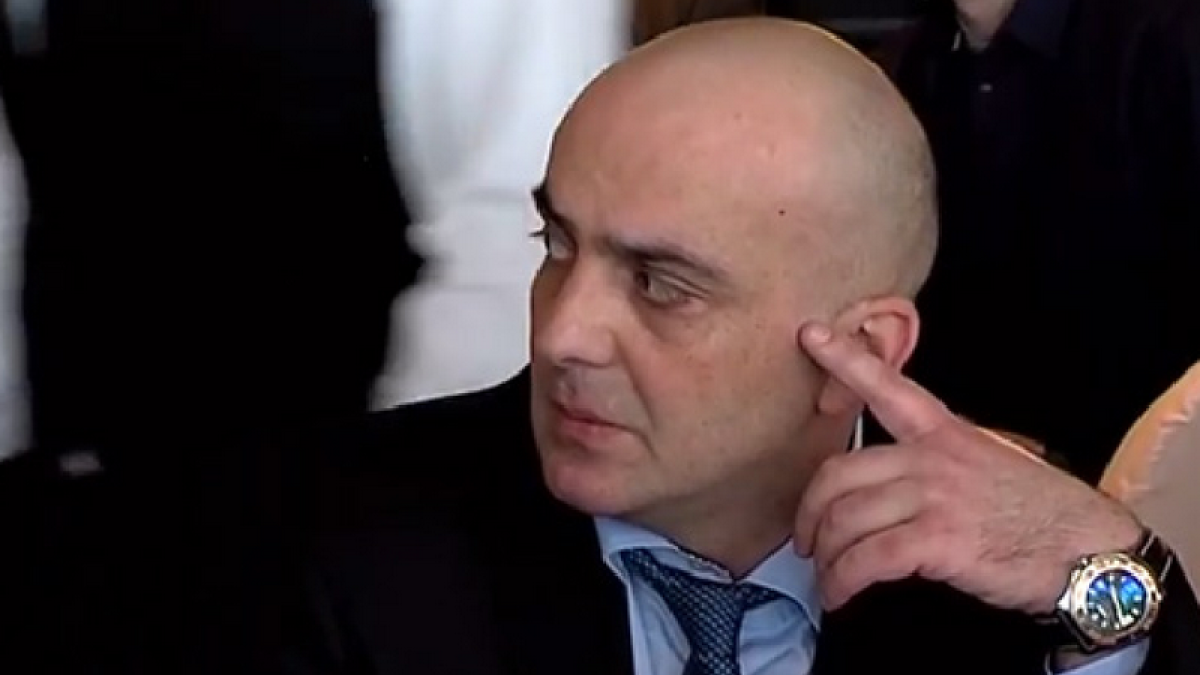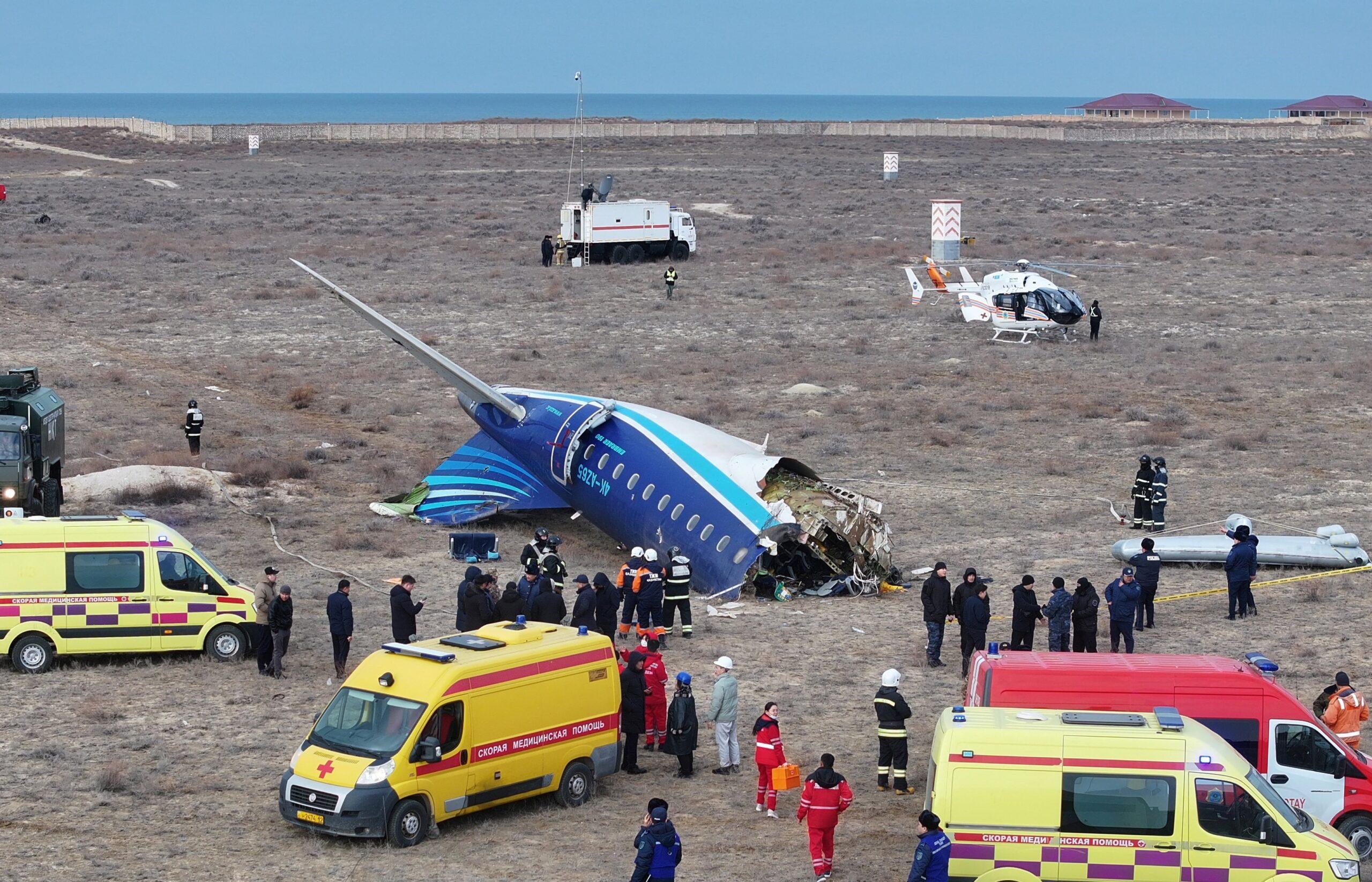Fight to restore Lake Sevan’s ecosystem: local residents join the effort
Restoring Lake Sevan’s ecosystem
The ecosystem of Armenia’s largest lake has suffered significantly in recent decades due to poor resource management and irresponsible, exploitative activities. Yet the Sevan basin plays a vital role in the broader environment—not to mention its importance for energy, agriculture, industry, and tourism.
Concerns over the safety and protection of Lake Sevan’s ecosystem are now shared not only by environmentalists, conservation groups, and government agencies, but also by local residents.
To address these pressing issues, the government has approved the “Lake Sevan ecosystem restoration strategy for 2024–2030.” In short, the state plans to restore Sevan’s ecosystem through its own resources and with the support of international partners and donor organizations.
The strategy outlines measures to regulate water levels, improve water quality, and monitor the use of natural resources around the lake.
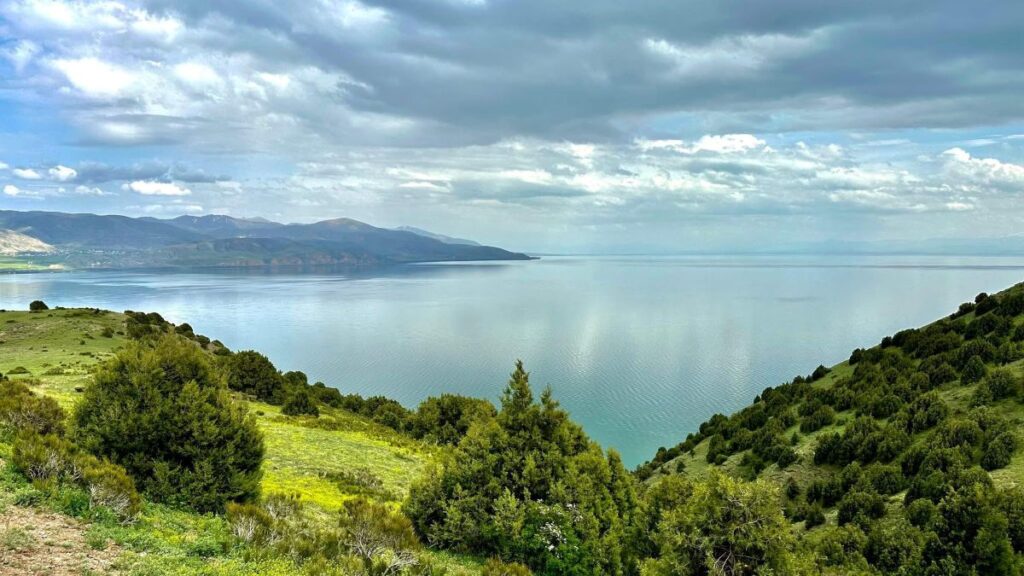
- Eco-patrols in Armenia: a new 24/7 nature protection service
- New form of tourism in Armenia: wilderness and adrenalin
- What the flamingos in Ivanishvili’s dendrological park say about Georgia
Helping Sevan through “behavior change”
Siranush Karapetyan, a geography teacher, says she often organized educational trips for her students around the lake:
“At first, I took the children simply to admire Lake Sevan. We would hike up to the church, and the students would express their impressions through drawings. But later, as I noticed people’s increasingly aggressive attitude toward the lake, I changed the focus of these visits. I had to speak openly with the children about Sevan’s problems—pollution, poor water quality, waste management, and more.”
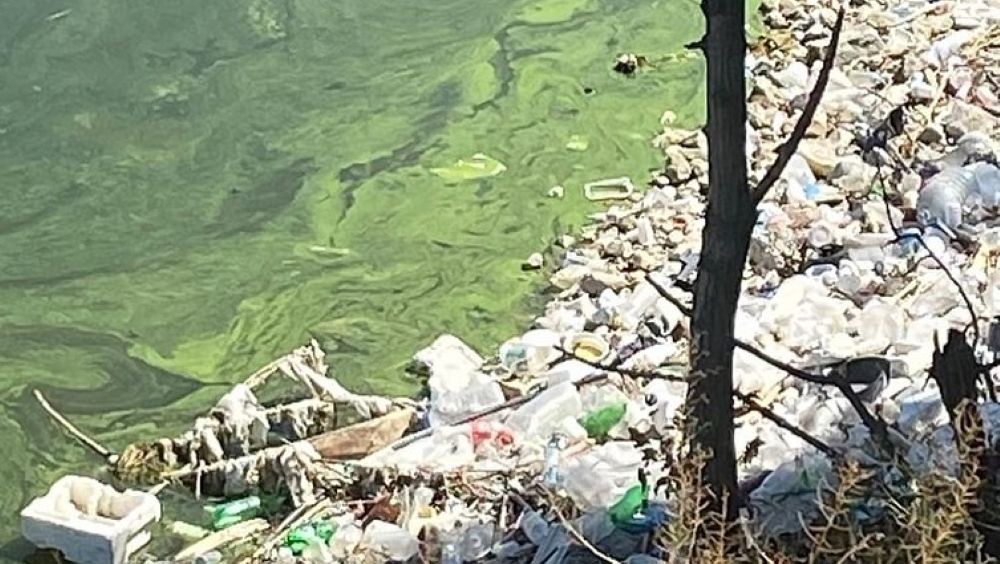
As a result, a group of 18 students from different classes came together and now spends the last Saturday of every month cleaning up trash around different parts of the lake.
“This is a volunteer effort initiated by the children, with support from their parents. They want to help the lake. Some of them realized along the way that it’s not enough just to collect trash; they also need to raise awareness about what’s happening to the lake. A few of them have started working in this direction—approaching vacationers, fishermen, and passersby at Sevan, encouraging them to take their trash with them and dispose of it in proper bins,” the teacher explains.
According to her, the children work enthusiastically. They show up with gloves, tools for collecting garbage, and bags. After the cleanup, they leave the trash bags along the main highway so they can easily be collected by waste management crews.
Since the group regularly cleans areas around the lake, they often meet other volunteers—mostly students from schools and universities, and sometimes even foreign visitors who join in while vacationing.
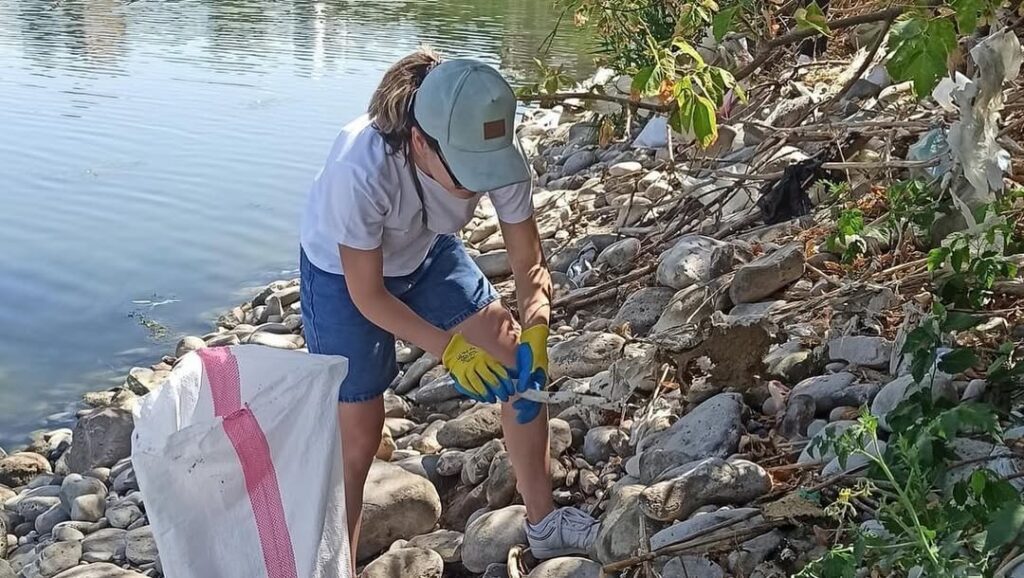
According to Siranush, the greatest harm to the lake comes from restaurants and hotels:
“They pollute the water with both household waste and sewage. And we don’t need to ask the management of these establishments for clarification—we see with our own eyes their irresponsible attitude. I’m honestly shocked—how can they enjoy the benefits of the lake and yet cause it so much harm? I wouldn’t agree if someone claimed they don’t understand what they’re doing.”
Another major issue the group has noticed is irresponsible livestock farming:
“We often see workers from livestock farms in the area, mainly herding cows. And they leave trash behind. From spring until early summer, the cows graze away all the grass around the lake, and then they start stripping the leaves from the low-hanging tree branches. In some places, you can’t even find a patch of shade to sit under for a few minutes.”
Ecosystem restoration programs
Several programs are currently underway to help restore Lake Sevan’s ecosystem, each addressing different challenges. Environmental experts report that some projects are still in the development phase.
The largest program already in progress is “EU4Sevan: Environmental protection of lake Sevan.” Its primary focus is controlling the lake’s water levels and improving water quality.
Another initiative, “Enhancing the environmental resilience of lake Sevan and promoting a sustainable economy,” aims to help the lake restore its natural ecosystem. This includes the construction of special wastewater treatment facilities.
Meanwhile, the “Conservation and management of land resources and valuable ecosystems in the Lake Sevan basin” program is focused on preserving biodiversity in the lake’s basin. It calls for professional oversight of nearby forests, pastures, and farmlands to ensure responsible land use.
Residents of Martuni defend Sevan—and their future
The Martuni community in Armenia’s Gegharkunik region is one of the beneficiaries of the “Conservation and sustainable management of land resources and valuable ecosystems in the Lake Sevan basin” program. The initiative, implemented by the Ministry of environment’s office of environmental programs, aims not only to protect Lake Sevan’s ecosystem but also to help local residents benefit from it.
Deputy community head Armen Shahinyan says the program will support farmers, as well as state and private agencies involved in the management of pastures, farmland, forests, and water resources:
“All of this will be done using modern methods of sustainable agriculture and land management. As part of the program, experts have already visited Martuni and worked alongside municipal specialists to align their maps with those of the community. Afterward, they were able to accurately identify target areas. The main goal is to reduce biodiversity loss and safeguard habitats and species of global importance.”
The program will also help Armenia fulfill its international obligations under global biodiversity and desertification conventions.
According to Shahinyan, the program will fund the construction of a livestock watering point in the village of Vardenik, with the tender for the project already announced. Additionally, under government-subsidized programs, the construction and renovation of irrigation canals are scheduled for 2026.
Shahinyan underscores the program’s social significance, noting that environmental protection directly impacts the quality of life for local residents:
“Clean air and water reduce health risks, while green spaces support mental well-being. The program has many beneficiaries—farmers, government agencies, and local authorities alike. In short, it benefits the entire population, who rely on clean water, forest resources, medicinal plants, and other natural goods.”
One of the key components of the program, he says, is responsible land management. This helps preserve the natural environment and its “natural filters” that combat toxins and other pollutants:
“Soils rich in humus absorb carbon dioxide, thereby helping to mitigate global warming. Vegetation-covered land prevents soil erosion, protecting rivers and lakes from sedimentation. As part of this program, workshops are being held to teach locals how to practice agriculture without harmful methods and how to manage soil responsibly,” Shaginyan explains.
He believes that engaging local residents is crucial to the program’s success, since, for them, Lake Sevan is not just a tourist destination—it is their home.
Follow us – Twitter | Facebook | Instagram
Restoring Lake Sevan’s ecosystem










